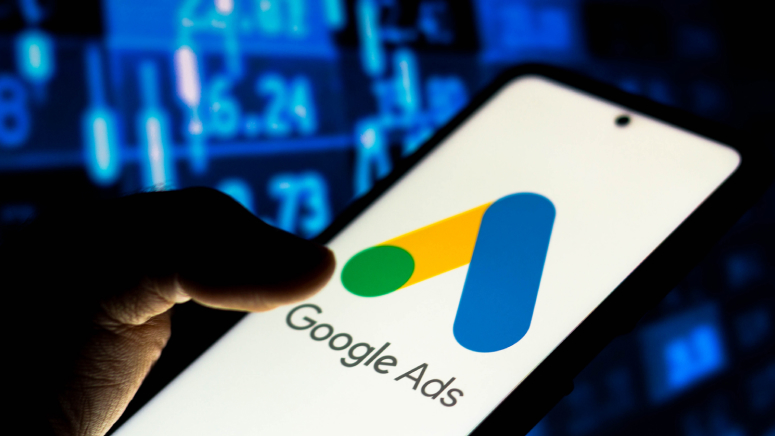What is Social Branding?
Think of social branding as how your business shows up, talks, and acts on social media. It’s not just posting ads. It’s about building your business’s personality and reputation through the conversations you have online.
At the heart of social branding is your brand voice: the tone, style, and language you use to talk to people. Are you fun and friendly, serious and professional, or bold and quirky? This voice needs to stay consistent across all your posts, replies, and campaigns so that your audience instantly recognizes you.
Social media makes this easier than ever. Every post, story, tweet, and comment shapes how people feel about your business. When done right, social branding creates a community of loyal followers who believe in what you stand for. When done poorly or not at all, you risk blending into the noise, leaving your audience confused or uninterested.
How Social Branding Boosts Your Business Growth
Social branding isn’t just a digital trend; it’s a powerful growth engine that builds trust, awareness, and loyalty in ways traditional branding can’t. When used right, it can turn your business into a familiar and relatable name in your industry. Here’s how it positively impacts your brand.Branding is no longer just about a logo or catchy tagline; it’s about how your business lives and grows in the digital space. Social branding, the process of shaping your brand’s identity and reputation on social platforms, has become a non-negotiable part of business growth. It helps create trust, attract the right audience, and position your company as a thought leader in your industry. A strong social brand translates into recognition, loyalty, and ultimately, conversions.
But what happens if you ignore social branding? The digital world rarely leaves a blank canvas if you’re not actively shaping your image; others might do it for you. A lack of a clear online presence can make your business appear outdated, untrustworthy, or invisible. Worse, competitors who invest in social branding can quickly overshadow your brand, capturing your potential audience and revenue.
Yet, like any powerful tool, social branding isn’t without its complexities. While it offers immense benefits, mismanaged efforts can backfire, damaging reputation and customer trust. In this blog, we’ll explore the hidden side effects of social branding, why it’s crucial for businesses today, and how to navigate its risks while maximizing its rewards.
1. Builds Strong Trust and Credibility
People buy from brands they trust. A consistent and authentic social presence shows that your business is transparent, approachable, and customer-focused. By sharing behind-the-scenes stories, user testimonials, and valuable insights, you create a sense of credibility that traditional advertising often lacks.
2. Expands Reach and Visibility
Social platforms are where your audience spends most of their time. Through strategic branding, consistent visuals, tone, and messaging, you can reach a wider audience organically. Shareable and relatable content makes your brand more memorable, helping you stand out in the crowded digital marketplace.
3. Creates Emotional Connections
People connect with stories, not just products. Social branding lets you tell your brand’s story in a way that resonates with your audience’s emotions, values, and aspirations. This connection turns followers into loyal advocates who not only buy from you but also recommend you.
4. Encourages Engagement and Feedback
A strong social brand sparks conversations. Through polls, Q&As, and interactive posts, you gain real-time feedback that can help you improve your products and services. Engaged audiences are more likely to convert and stay loyal.
5. Drives Conversions and Growth
Recognition breeds trust, and trust drives sales. A well-branded social presence doesn’t just build awareness; it leads to higher conversions, repeat business, and long-term growth.
Social branding is no longer a luxury; it’s a necessity. It goes beyond creating a logo or running ads; it’s about shaping how people see, feel, and connect with your business across social platforms.
Without a solid social brand, your business risks fading into the background. Competitors who actively invest in branding can easily capture the attention and trust of your audience, leaving your business overlooked. Worse, in the absence of a clear narrative, people may form their own opinions about your brand, which might not always be in your favor.
A strong social brand builds recognition, trust, and emotional connection, all vital for turning casual followers into loyal customers. It enables you to tell your story authentically, engage in meaningful conversations, and create a community that believes in your mission.
The reality is simple: today’s consumers expect to find, follow, and interact with brands on social media. They value transparency, relatability, and consistency, and social branding is the bridge that delivers all three.
If your goal is to stay relevant, grow your audience, and build lasting relationships, investing in social branding isn’t optional; it’s essential. Start showing up, speaking your brand’s truth, and shaping your digital identity before someone else does it for you.

